If you’re new to mixing music, you’ve probably heard all about compression. After all, it’s one of the fundamental building blocks of mixing.
But what exactly is audio compression and why would you want to use it?
Today I’m going to cover the basics of compression, as well as the four ways it can help your songs. By the end of this article, you’ll know why compression is helpful and when you should use it.
I’m guessing you’re here because you want to make your mixes sound professional. We put together a brief training that covers a totally new approach to music production. Until now, everyone has been teaching production totally backward. Just click below to watch.Get industry-quality every time (steal this framework)
But if you just want to learn about compression specifically, keep reading.
What is Audio Compression?
Compression reduces the dynamic range of a sound. It turns down the loudest parts of the sound while bringing the quietest parts up. This makes the volume more consistent but decreases the dynamic range.

Pay close attention to the peaks. For the uncompressed waveform, the loudest parts of the track are much taller (i.e. louder) than everything else.
But the compressed version on the right looks more uniform. The peaks are only a little bit taller than the rest of the track.
So Why Use It?
If it reduces the dynamic range, isn’t that bad?
Yes and no!
When used incorrectly, it can absolutely ruin your song. But good compression can result in a mix that sounds more lively and professional.
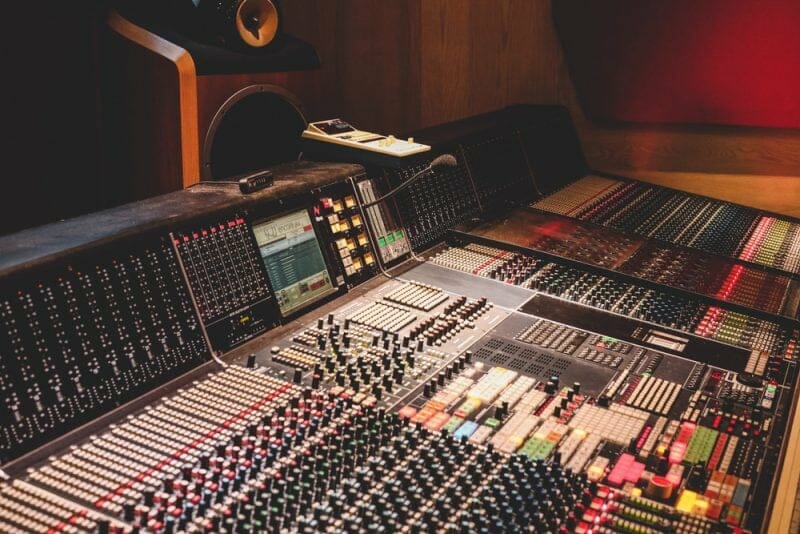
You definitely want your songs to sound nice and dynamic. But good compression only sacrifices excessive dynamic range. Stuff that’s making your mix sound worse instead of better.
Every professionally mixed song out there uses compression. So if you want your tracks to sound great, you need to understand compression.
And the first step to using compression correctly is knowing what it’s used for.
The 4 Goals of Compression
All in all, compression is good for 4 achieving different goals:
- To Balance
- To Enhance
- To Glue
- To Fix
Anytime you use a compressor, it should be for one of these purposes. In other words, you want to be using compression intentionally.
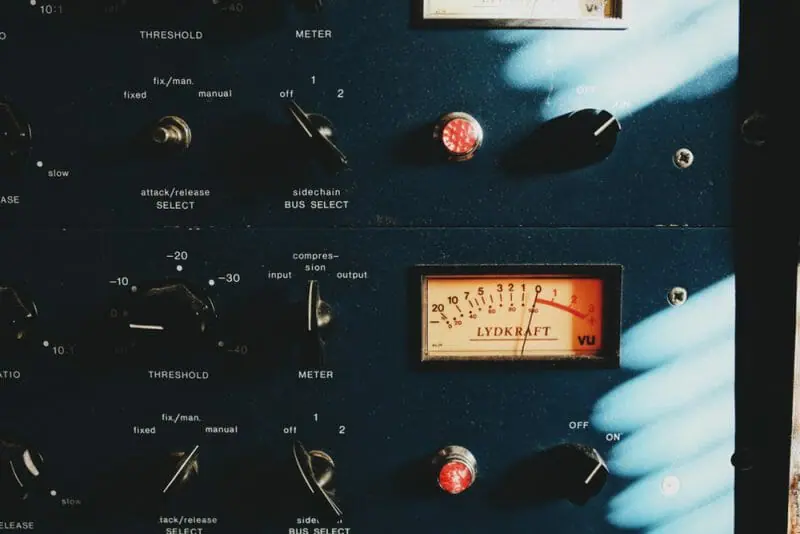
If you’re just throwing a compressor on the track for no reason, you aren’t doing yourself any favors. In fact, you’re probably making the song worse.
So let’s go over each of these goals, that way each time you use a compressor you know what you’re trying to accomplish.
Goal #1: To Balance
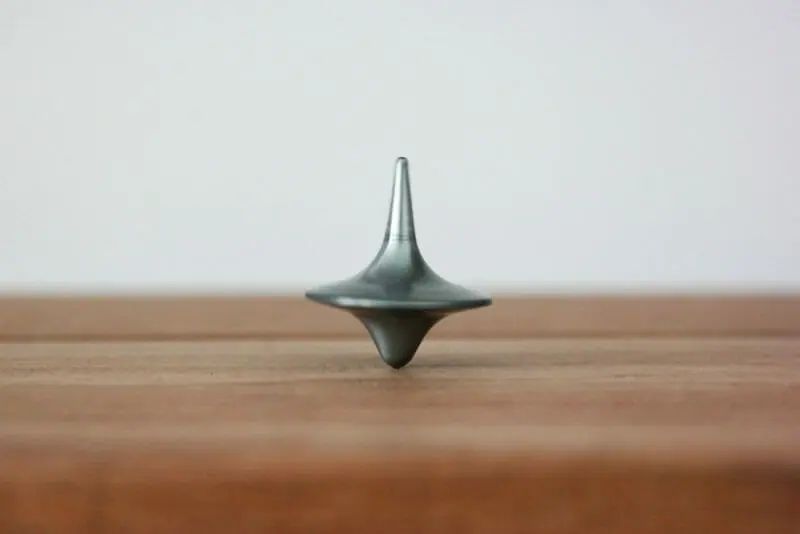
To get a great mix, you’ll need to make sure it’s balanced. But what does it mean for the mix to be balanced?
A well-balanced mix sounds clean and consistent tonally, spatially, and dynamically. Tonal balance relies on EQ to make sure the instruments don’t sound cluttered. Spatial balance uses reverb, panning, and delay to create depth and width.
But what about dynamics? Dynamic balance comes almost entirely from setting your volume faders as well as compression.
Remember when I said compression brings up the quiet stuff and turns down the loud? You can use that to your advantage.
Oftentimes, instruments are actually too dynamic.
Imagine you’re listening to a mix and the vocal isn’t sitting right. Every now and then it suddenly shoots up in volume, drowning out the other instruments. At other points, it disappears entirely.

This track needs balance compression!
Balance compression makes sure the dynamic range of each instrument is well balanced with one another.
In the example I was using earlier, we can make the vocal sit better in the mix by reducing its dynamic range. Instead of the volume jumping up and down, it’ll fit nicely with the rest of the song.
In any given mix, you’ll probably have multiple instruments that are too dynamic. Once you’ve finished your static mix, listen for instruments that ruin the balance.
If it only happens once or twice, you can automate the volume. But if an instrument is frequently drifting out of balance, you’ll want to use compression.
Goal #2: To Enhance
Compression can enhance an instrument’s tone.

Even if your mix sounds well balanced, it may feel a little lifeless. You still need your instruments to feel big and exciting.
Compression can help there as well! I’m talking about using tonal compression.
Tonal compression can make an instrument sound, punchier, thicker, groovier, and all in all more exciting.
Part of tonal compression is saturation. Hardware compressors (and plugin emulations) enhance certain frequencies and add pleasant distortion.
Which is great! But the most important part of tonal compression is how you set your compressor.
Certain compressor settings will help you get the perfect tone for your mix.
Goal #3: To Glue
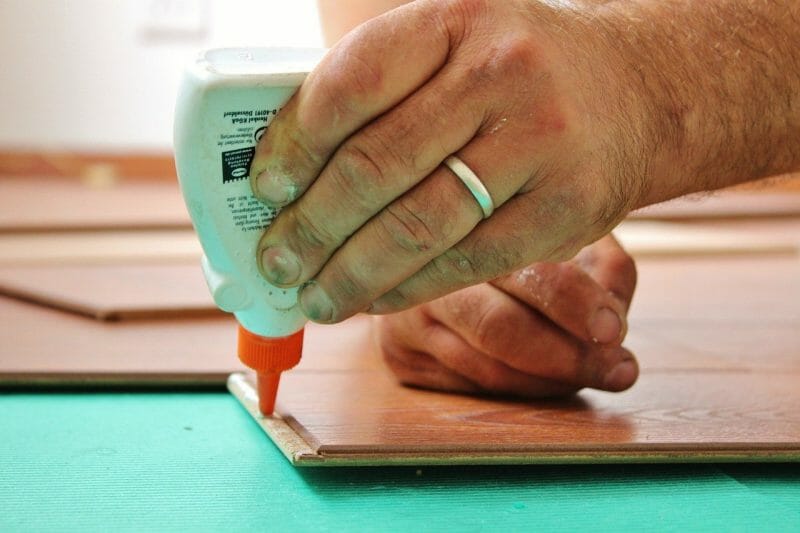
This is a super important part of compression. Compression can literally glue your tracks together, making them sound cohesive.
Ever wondered how songs on an album sound so consistent with one another? You can feel that they’re related.
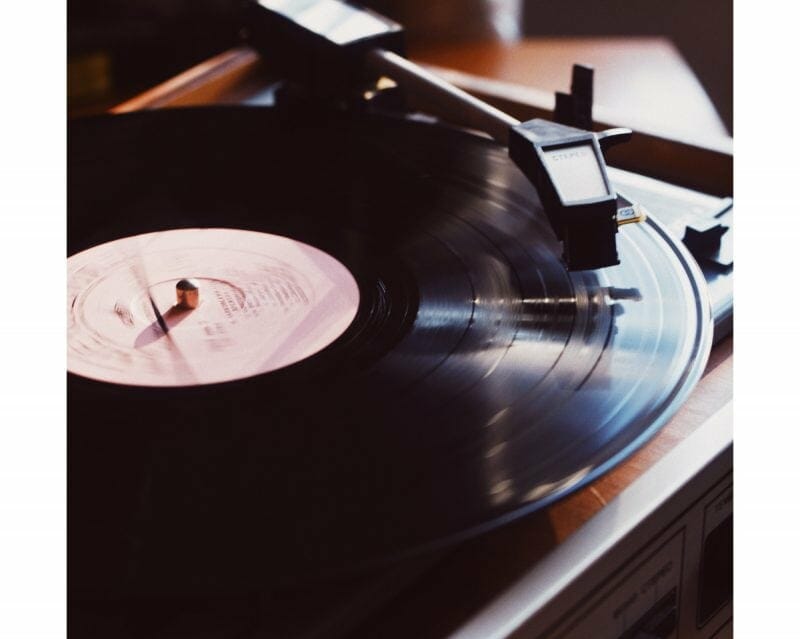
Meanwhile, amateur tracks tend to sound a little incoherent; like a bunch of instruments played in different rooms and stacked on top of each other.
Glue compression plays a huge role in making the instruments in your mix sound like they belong together. It’s also great at making different songs feel like they belong together.
To get glue compression, bus multiple instruments to a single track and compress that one channel. By compressing all of these instruments at once, you wrap them up together.
Goal #4: To Fix

The first three goals will go a long way in making your mix sound great. But there may still be some problems popping up.
These problems may have been there to begin with, or maybe they were caused by some of your earlier mixing choices. Either way, your job isn’t quite done yet.
Mastering Your Compressor
There are tons of expensive compression plugins out there. But before you rush out and buy one, focus on the one(s) that came with your DAW.
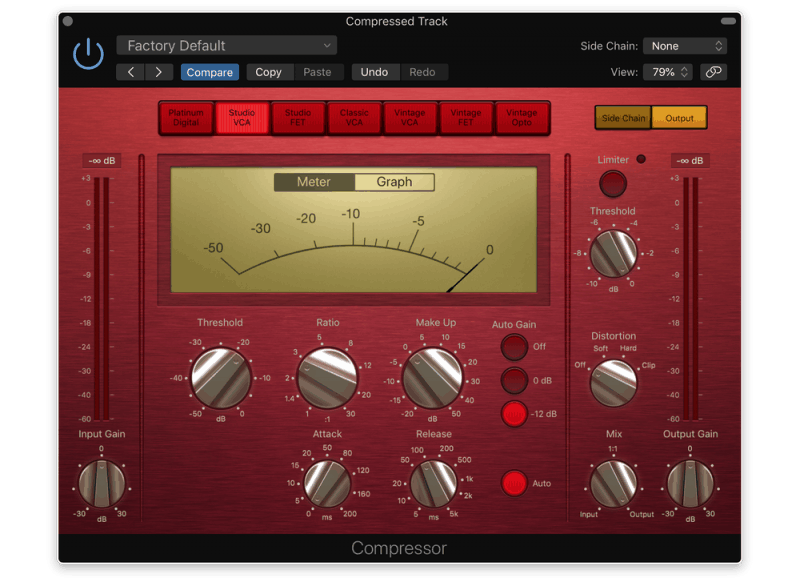
Fancy gear won’t help you at all if you don’t know how to use it. So get to know your stock compressor like the back of your hand.
Practice with your stock compressor and read up on how to use it. You’ll be ready to mix in no time!
Conclusion
Compressing your track can be a huge boon for your mix. As long as you’re mixing intentionally.
If you’re using compression for no reason, you’ll hurt the song. But you shouldn’t have any problems if you use compression to
- Balance
- Enhance
- Glue
- Or Fix.
As long as you’re compressing to achieve one of these goals and you’ve studied up on the right techniques to do so, your mixes should sound a whole lot better!
UPDATE: Learn the secret to getting pro level compression – gain automation:
If you want to dig deeper into music production and learn what it actually takes to make mixes that sound pro… And you’re an intermediate or advanced producer… Be sure to check out the free masterclass: Enjoy!Next Steps
















